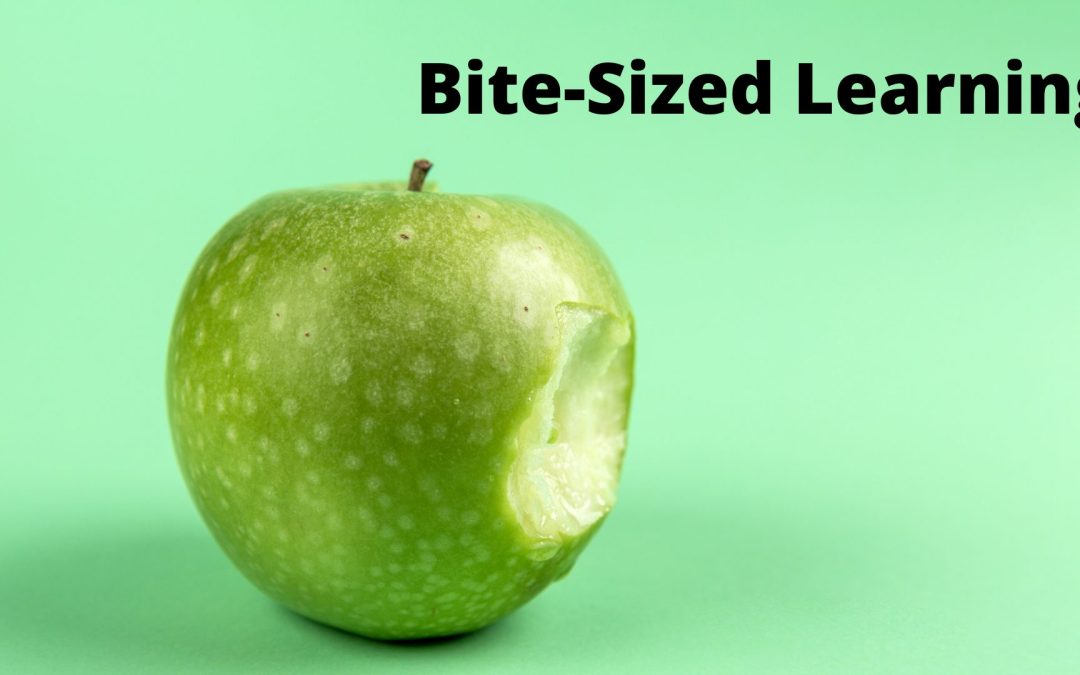Any child of any age learns differently from each other. Schools and educators alike are always finding new and innovative ways of teaching across different learning styles for students. One such module is bite-sized learning.
What Is Bite-Sized Learning?
Although relatively new to the teaching world, bite-sized learning is gaining momentum in the age of fast information. Bite-sized learning is comprised of short, “bite-sized” tidbits of information that can be more easily absorbed and retained by students. Sometimes it can be overwhelming for a young mind to soak up new lessons and studies on a daily basis for hours. There are always going to be breaks in between a school day, but it’s still a lot of information all at once, which can be too much for some students. With bite-sized learning, the information gained isn’t a whole hour-long class, but smaller chunks over a usually longer period of time. If children are learning about electricity, for example, instead of learning everything there is about electricity in one sitting, all the smaller components of electricity will be broken up and given to the students to more easily retain. One such module may talk about how electricity is produced, another may be an introduction, and another may discuss electrical circuits and beyond.
How It Helps
Children are starting to have shorter and shorter attention spans as the generations go by. This can be due to a lot of media being short, such as Tik Tok and Facebook videos, and gaining instant access to nearly everything online in a matter of seconds. When having to retain and learn information for hours on end, a child will simply lose interest quickly. Their minds will wander, they’ll look out the window or converse with their classmates instead of paying attention to the lesson. With bite-sized learning, it’s a great way to break up all that information while still maintaining a child’s attention to what is being presented. Of course, the information and lessons still need to have an element of fun to help maintain that attention. Having a bite-sized lesson about history that’s highly methodical and slow-going, may still have the same effect as a longer and more in-depth lesson. Keeping the teaching and information fresh and innovative as much as possible can help deter any distractions from starting in the first place.
This can be a great opportunity for your child to learn information on their own pace. If it’s a struggle for them to pay attention in class, having more bite-sized learning modules can help them focus and retain information easier.
Katie Kyzivat

